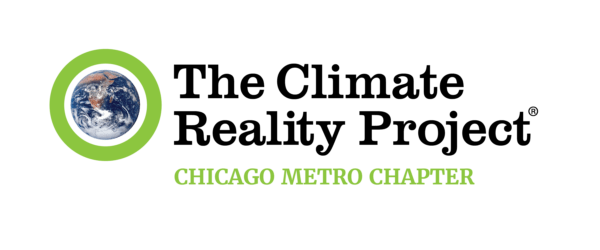
Why so much plastic: Consumer demand or corporate supply?
By Silvia Harkenrider
Every morning I look forward to a fabulous cup of fair trade coffee mixed with oat milk and toasted Ezekiel bread, topped with vanilla-flavored organic almond butter. I love adding local honey and cinnamon to both, but what I don’t love is the plastic that is somehow incorporated into the packaging of all these products.
Last week was Zero Waste Week, and I thought I was already doing a pretty good job with my reusable bags, drinking filtered water to avoid plastic bottles and choosing products with glass jars, until I looked at the packaging.
Have you ever really and I mean really looked around your home and noticed how much plastic is a part of your life?
I’m referring to items like thin plastic freshness seals wrapped around glass jars and bottles, plastic labels, plastic twist caps on cardboard cartons and aluminum bags, lined or coated with plastic, etc. In my breakfast products alone, every brand of oat milk contains some form of plastic in its packaging. All the aluminum lids on my glass jars are lined with plastic, and my cinnamon spice bottle contains a plastic sifter. I had planned on making my own bread to avoid plastic bags and closure tabs until I realized that the packaging for half the ingredients involved plastic.
Here’s my question, is this really a consumer demand issue or a corporate supply issue?
For years I believed that this was a waste management issue, and it was up to me to do my part and recycle. However, research shows that 91% of the world’s plastic is not recycled for a variety of reasons, and plastic does not decompose. Or at least it won’t during my lifetime.
Logically, if plastic could be recycled, then the Great Pacific Garbage Patch, three times the size of France, wouldn’t be floating around in the middle of the Pacific Ocean. Trust me, I did not demand for any of my breakfast products to be wrapped, lined, labeled or sealed in toxic plastic. On the contrary, I’ve been trying to avoid plastic!

Unfortunately, during this pandemic, the production of plastic has increased because we have been led to believe that plastic items, such as bags, gloves, and single-use face masks are safer. However, scientific research has proven that the virus can remain stable on plastic longer than on cloth materials.
So what can we do to stop the constant supply of this destructive synthetic product?
In my opinion, real change starts at the source, and we must vote for representatives that will hold corporations financially responsible for their unacceptable plastic mess. Maybe they would think twice about manufacturing more virgin plastic that will be here long after we’re all gone.
Want to know more about the true cost of plastic pollution? I highly recommend watching the movie, The Story of Plastic.
Need more election information? Check out The Climate Reality Project or Vote411.org.

Silvia Harkenrider of Lansing, Ill., was trained as a Climate Reality Leader in the first-ever virtual climate advocacy training in July. She has a podcast called the “Corona Diaries,” for which she loves to interview amazing people, highlight environmental issues, laugh a little, give a few opinions and spread a lotta love. @happyearthrevival – Instagram
For more information, check out:
How Big Oil Misled The Public Into Believing Plastic Would be Recycled
Waste and Opportunity 2020: Searching for Corporate Leadership
When Does Recycling Your Plastic Make Sense? The Answer Isn’t So Simple

